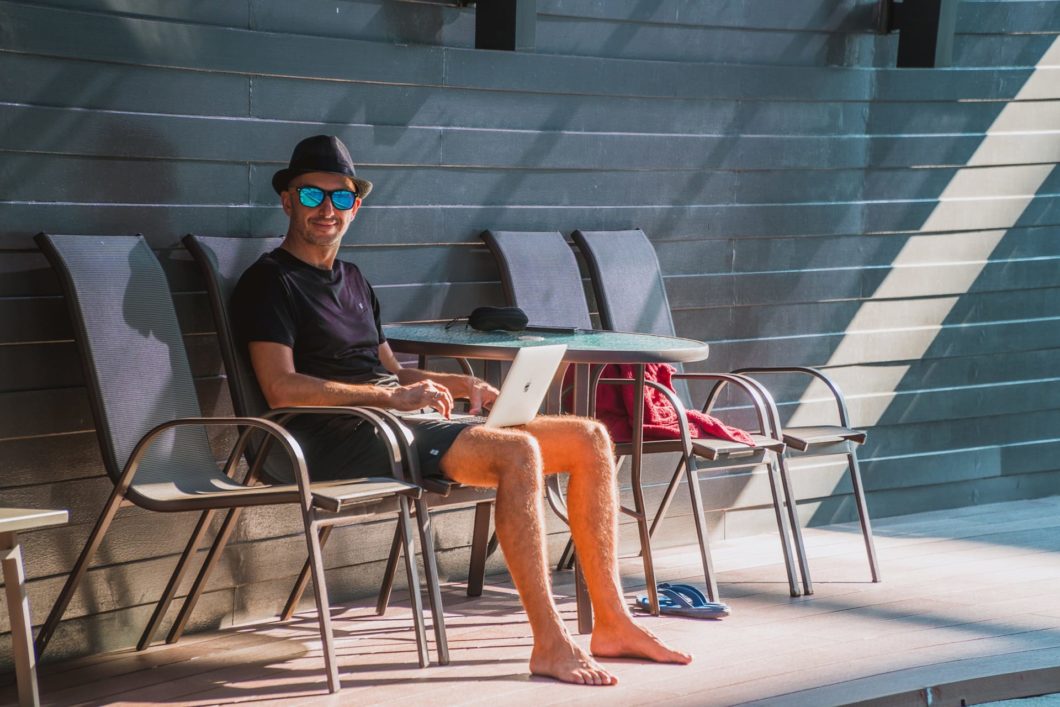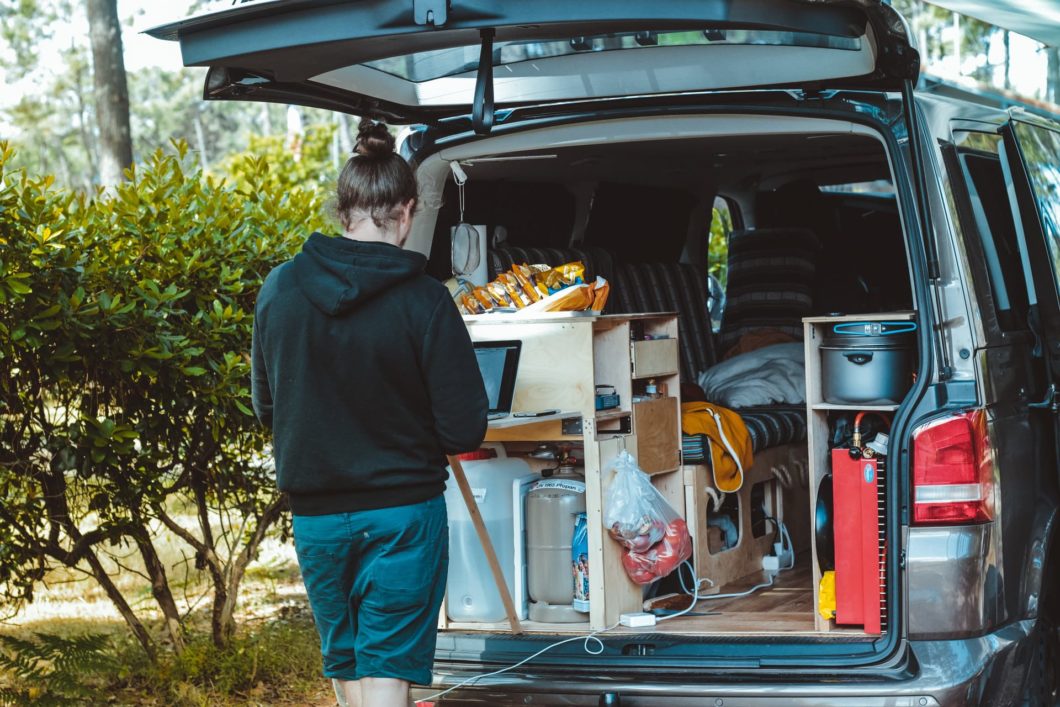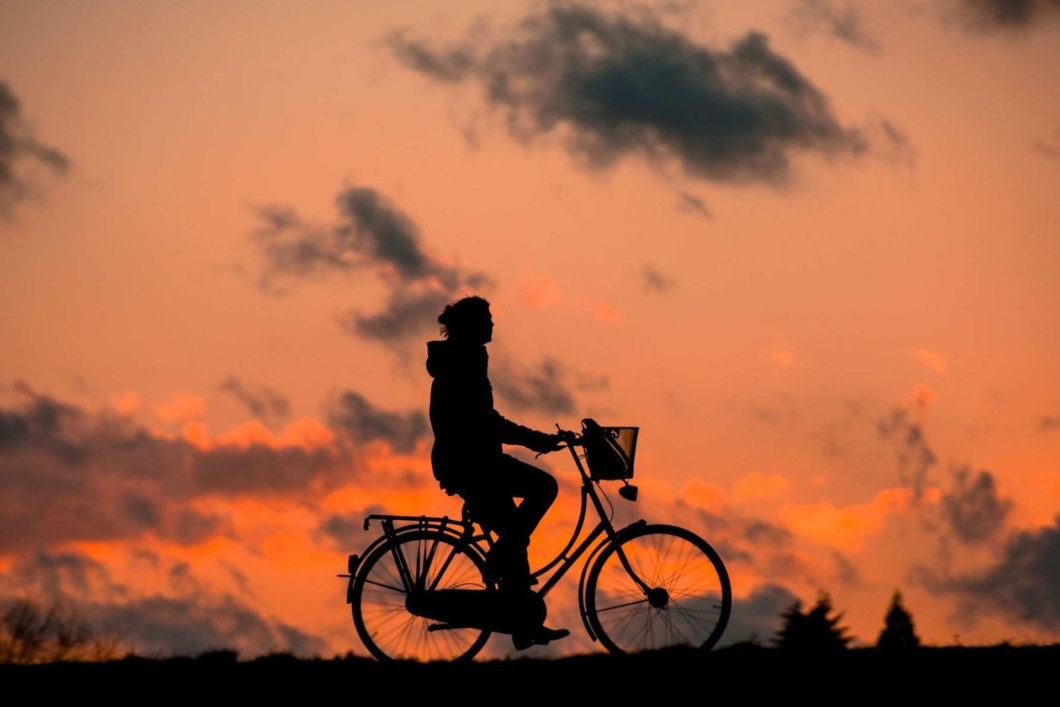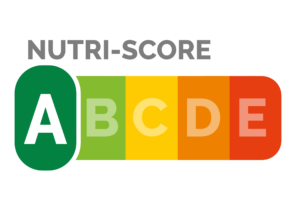Conscious minimalism – a growing movement among healthy believers
Columns • A good reason to reduce sugar is the opportunity to sell to ‘healthy believers’. Many of them are well educated and have a pronounced interest in the environment, sustainable lifestyle and health. It is a consumer group that has done their homework and seeks quality over quantity. Where can you find them? In the woods or on the road? Maybe both.
Healthy believers are a growing group of consumers who make conscious choices of food and suppliers based on an interest in health. The group is not homogeneous. Among them, you find those who prefer food that is as it used to be, those who choose what they eat based on empirical data and rational arguments, those who are driven by ethical considerations. And those for which food is a piece of the puzzle of their self-realisation.
Among the latter are many who want to downshift, live easier and be less dependent on modern society. They talk about ‘self-sustainability’ and ‘off-the-grid’, live in ‘tiny houses’ or are ‘digital nomads’ who live ‘van life’.
These buzzwords signal a lifestyle that is important to understand if we are to succeed in developing foods that appeal to those who use them. So let’s learn more about what they stand for.
Self-sustainability off-the-grid
Self-sustainability is about being self-sufficient and living ‘off the grid’. In large parts of Europe, we had the green wave in the 1960s and 1970s when many young people moved to the countryside, often to live in a collective and be part of the global peace movement.
This is a movement that has never disappeared and is growing strong again. But unlike in the past, today’s emigrants strive for greater independence, and they are happy to use modern technology and live partly as a digital nomad.
Living off the grid means that you are entirely cut off from society – including the electricity grid, water and sewage. It is a strong movement in the USA. But in Europe, the trend is more towards finding the best in both worlds. We can grow our vegetables and have a fast internet connection. We can live in a van and have an espresso machine.
Digital nomad
You can work wherever you want, as long as there is internet and you have a computer. A digital nomad has seized this opportunity. So far, most of them are younger. Many of them have jobs that did not even exist a few years ago.
The advantage of being a digital nomad is that you can live relatively cheaply and see the world. Having an income wherever you are in the world gives you great freedom. At the same time, not having your own home can be stressful, and the line between work and leisure tends to blur.
Another word for this trend is teleworking. In the spring of 2020, many, more or less voluntarily, had to leave their offices and try this way of working.
Tiny house
A tiny house is a mini house or micro house that you live in all year round. According to a definition of a tiny house, they must not be larger than 37 square meters. But in the US the trend is that the houses are getting bigger and more luxurious – preferably with several floors. Many people build their houses on chassis with wheels, so they have the freedom to move them.
A few years ago, there was a strong trend to build the tiny house yourself, but as the movement has grown, more and more companies offer tailor-made houses. Today, it is more common to buy a readymade tiny house than to build one yourself.
The tiny house trend started in the US in the 1970s with the book Shelter. It gained extra momentum in the 1990s with the book The Not So Big House, which highlighted the benefits of small houses for the environment (a third of all greenhouse gases are estimated to come from buildings). When the financial crisis came in 2008, tiny houses became an attractive alternative for those who wanted to live simpler and cheaper.
Most people who have embraced it, emphasise the possibility of avoiding the treadmill, working less, travelling more, getting closer to nature, living a freer life. Health, finances and the environment are three decisive factors. This is also true of the next trend: Van life.
Van Life
Those who live ‘van life’ are enthusiasts who live alone or with family in a converted van. We are not talking about a camper. Not at all. A camper is a larger and more expensive vehicle, prefabricated and aimed at people who want a holiday vehicle. Those who choose van life buy a used van which they convert into a full-time home.
In Europe, the van life movement is greater than the trend of tiny houses, as it gives greater freedom to travel. The motivation is the same as for a tiny house – health, finances and the environment – and also the personal freedom and opportunity to travel.
Downshifting
Downshifting means to live a quieter life. All the trends described here contain an element of downshifting.
Sure, there’s an inherent provocation in downshifting. To be able to that, you must have something to downshift from. It also goes against a strong norm in society that we should work a lot and earn a lot to have status.
The one who switches down goes against this view. They value time higher than money. The time won can be spent on personal development and family.
We like norm-breaking trendsetters
We at Bayn like people, companies and phenomena that break habitual patterns and give proof of innovation. Companies of the future must find consumers of the future: Conscious people who do not buy anything.
More buzzword to keep track of
- Back-to-the-land movement
- DIY ethic
- Homesteading
- Prepping
- Self-sustainability
- Simple living
- Survivalism
- Voluntary simplicity
Please, share this article if you liked it.
[et_social_share]












